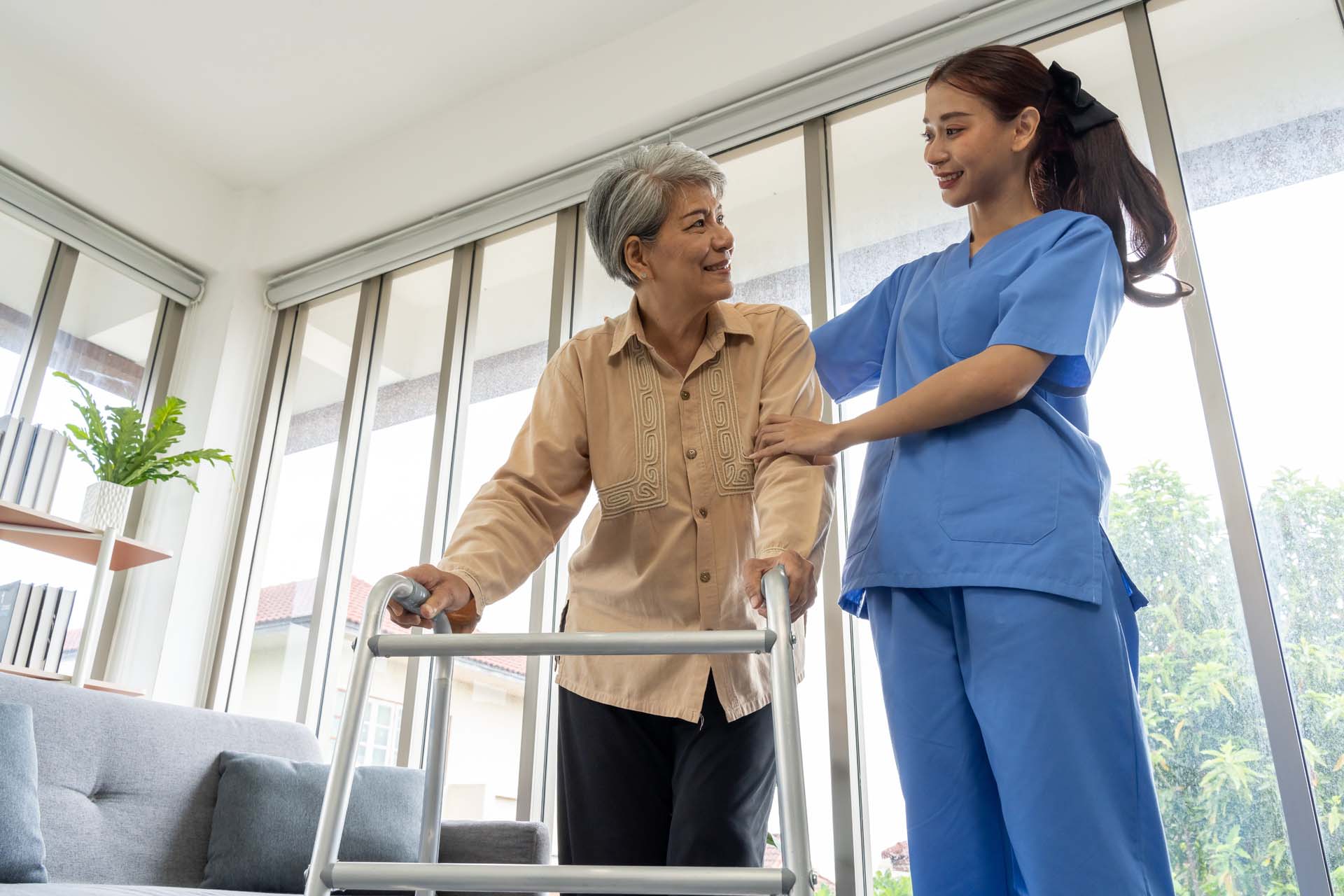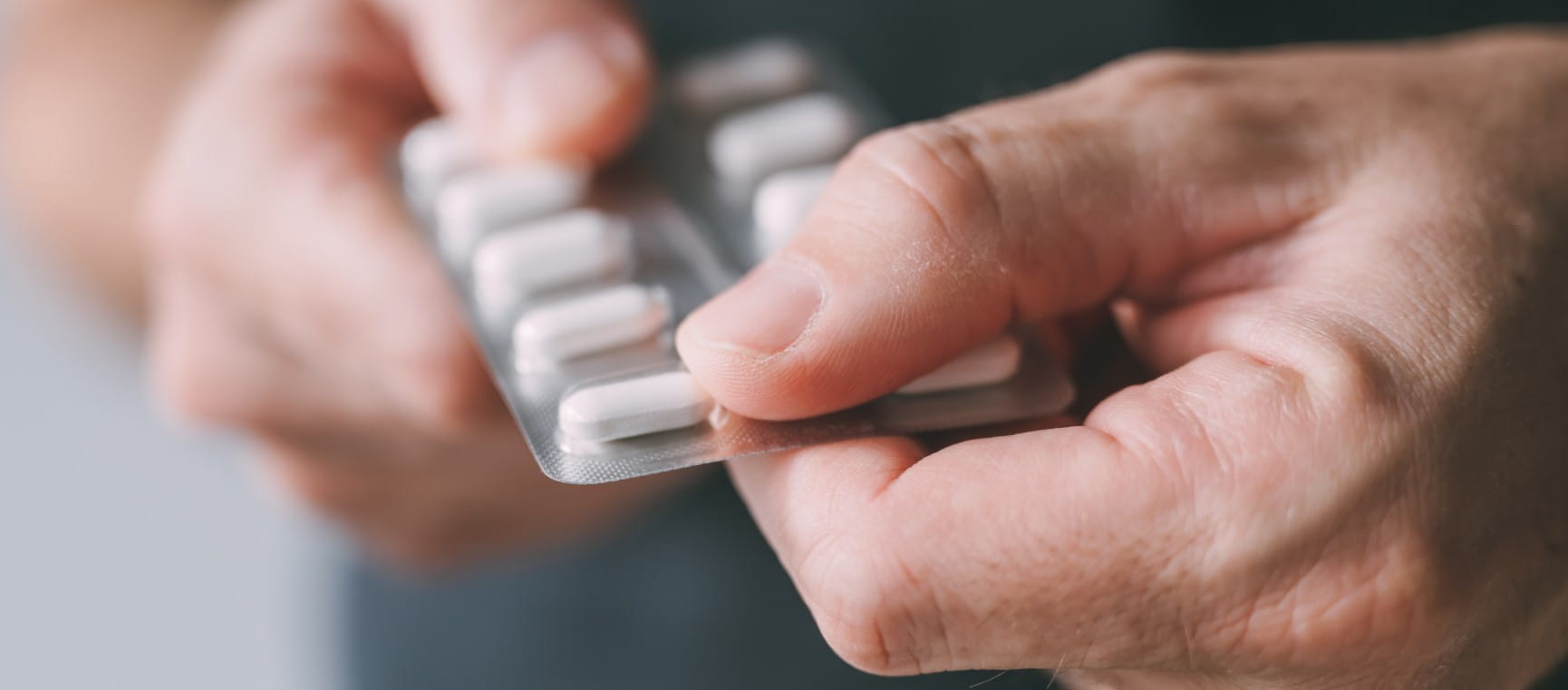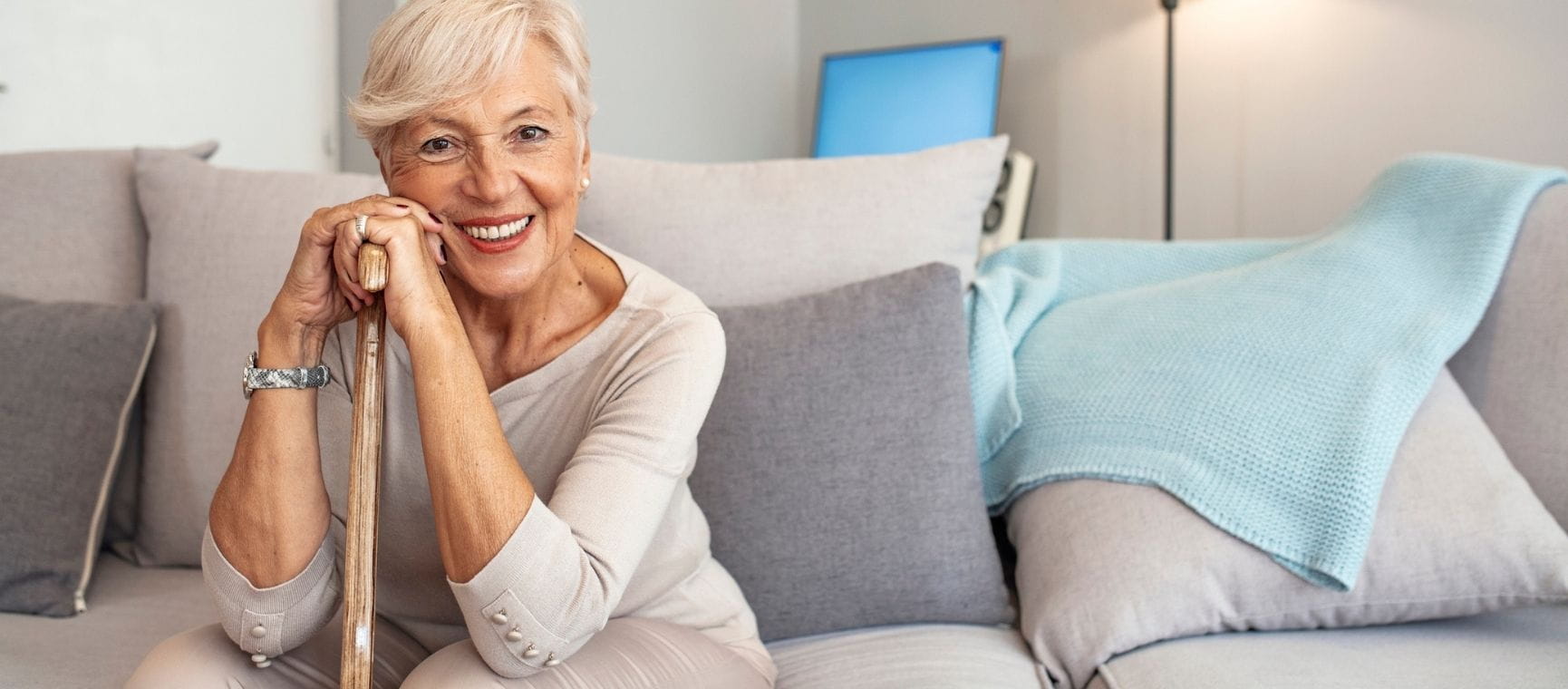
There's still a stigma about using a walking stick, the stereotypical image of an older man or woman shuffling down a street relying on a wooden cane for support. And its something that is stopping many of us who could benefit, from using one - especially women.
Research published in The Lancet this year revealed that more women aged over 50 are more likely to need walking aids than men, but are less likely to use them because of social stigma.
Jamie Danemayer, first author of the study from UCL said: ‘Our analysis suggests that there is a clear gender gap in access to mobility aids.
"There’s a critical need for further research to identify and break down the barriers preventing women from accessing mobility aids that would improve their quality of life."
Women are more prone to joint problems than men, particularly after menopause when estrogen levels drop putting them at greater risk of conditions like arthritis.
As a specialist pain physiotherapist and psychotherapist I see the marked benefits a walking stick can bring when someone has joint, balance or other mobility issues. It's not just confidence, but it can help your overall health and independence.
Read Will Wyatt's article about why he loves his walking stick and the difference it's made to his life.
A stick provides independence and freedom as you don’t have to rely on someone else for support.
You can walk further with a stick. This has many advantages, from increasing your daily step count to improving foot and ankle mobility as you navigate uneven surfaces.
Walking longer distances will also be beneficial for your heart and lungs as circulation will improve which, in turn, means your ankles will become less swollen.
The improvements to your fitness will also have a rejuvenating effect.
Regaining independence will boost your mood and confidence, not to mention reduce your risk of falls.
Who knew that using a stick could do all of this!

"I’m not going to give in. It’s only downhill from here."
"It’s only old people that use sticks and I don’t want to accelerate feeling old.”
"What will other people think when they see me?"
For instance:
Ensure your stick is the correct height.
Stand as tall as you can with your arms by your sides.
The top of the stick should be level with the first crease of your inner wrist.
Also, make sure the cap at the end of the stick (often made of rubber) is in good condition.
If you have one side that needs more support, for example a painful hip or knee, hold the stick in the hand opposite the joint that needs support. So if you have a painful right knee, hold the stick in your left hand.
If you don’t have painful joints, hold the stick in the hand that feels most comfortable.
Begin by moving the stick forward so it’s slightly ahead of your leg taking a step.
The stick and the heel of your foot should make contact with the ground at the same time.
Saga Magazine's senior digital editor Phillipa Cherryson said her 83-year-old mother had resisted using a walking stick, despite suffering from painful osteoarthritis in her ankle.
"She didn't want to be seen with one," Cherryson says. "She didn't want to be seen as old and infirm.
"What changed her mind was after booking a holiday, she realised that many of the excursions would be to beautiful towns with cobbled streets and she was worried about falling or missing out on seeing them.
"We found a lovely leopard-print walking stick on Amazon and it was a game changer for her. It gave her real confidence on holiday, meant her ankle wasn't as painful at the end of the day and now back at home, she's still using it.
"She's also enjoyed getting lots of compliments about it too."
Christine Simms is physiotherapist, Pilates instructor and founder of the Mind-Body Guide. She has been a health professional for over 30 years and now uses her skills in both physiotherapy and psychotherapy to help people understand themselves mentally and physically.
View author page
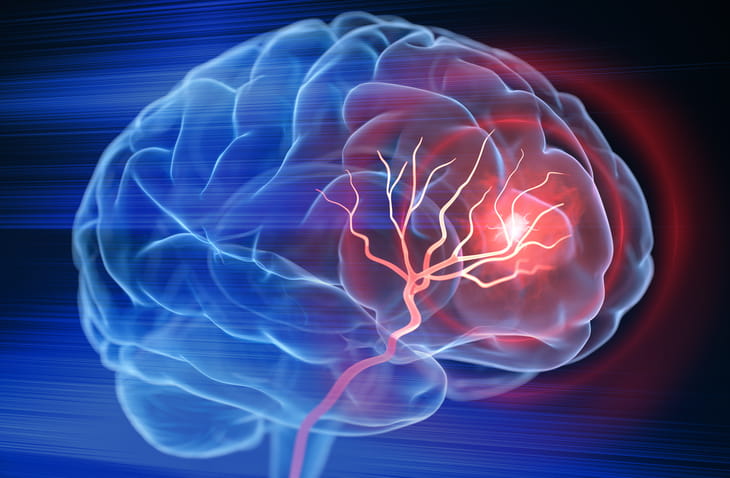
Facial weakness, a sudden headache and dizziness can all be signs of a stroke, we've got the facts from an expert.
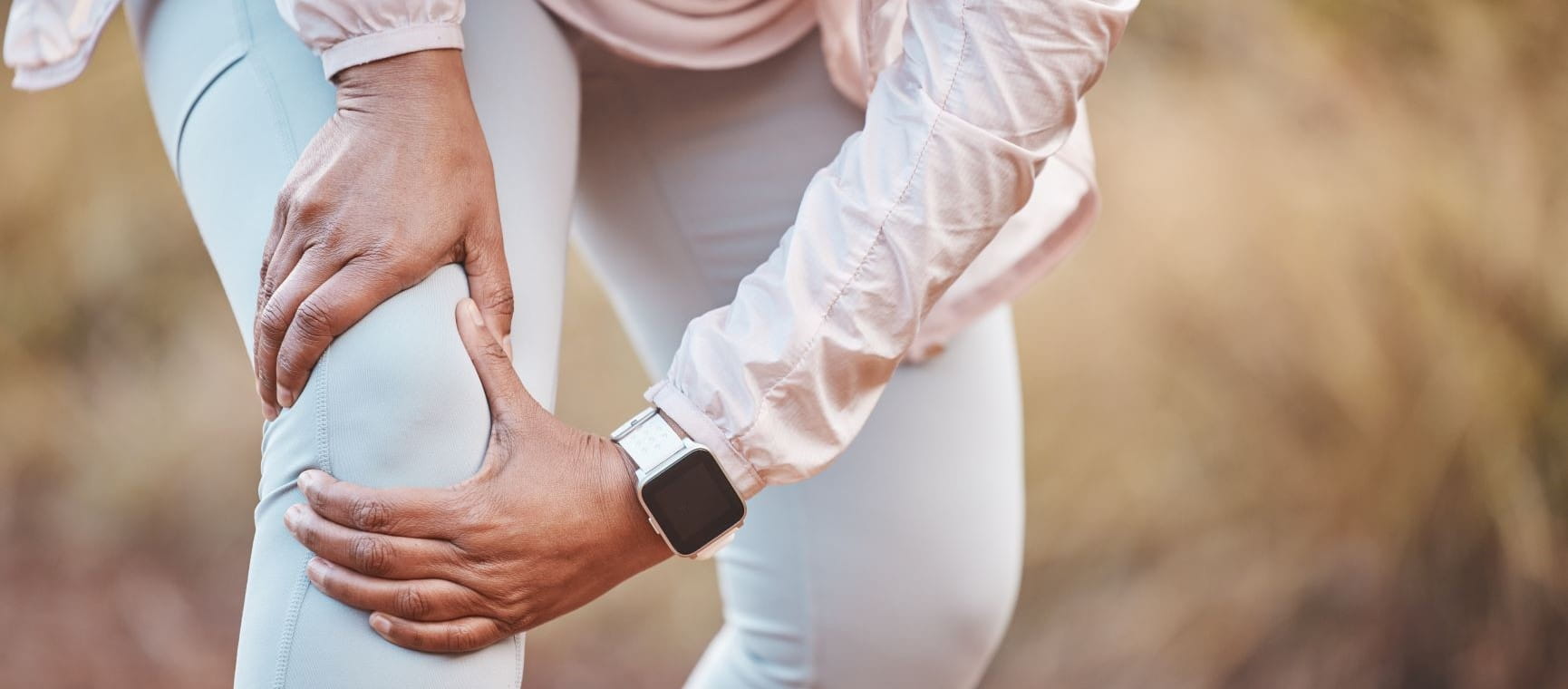
Knee pain is more common as we age: to help we've got the best advice from 3 leading experts with easy ways to make a difference.
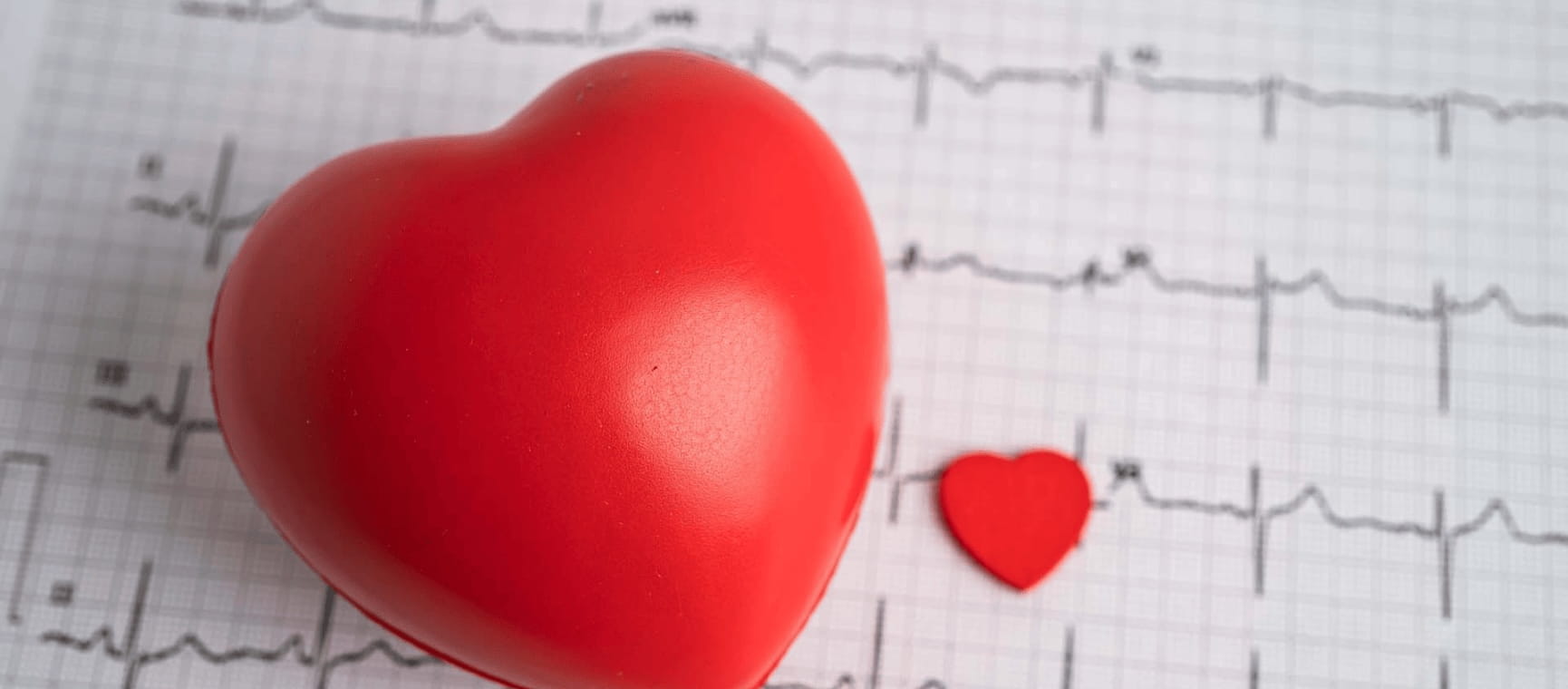
Do you know the symptoms of a heart attack? Here’s what to look out for, and how to prevent one.
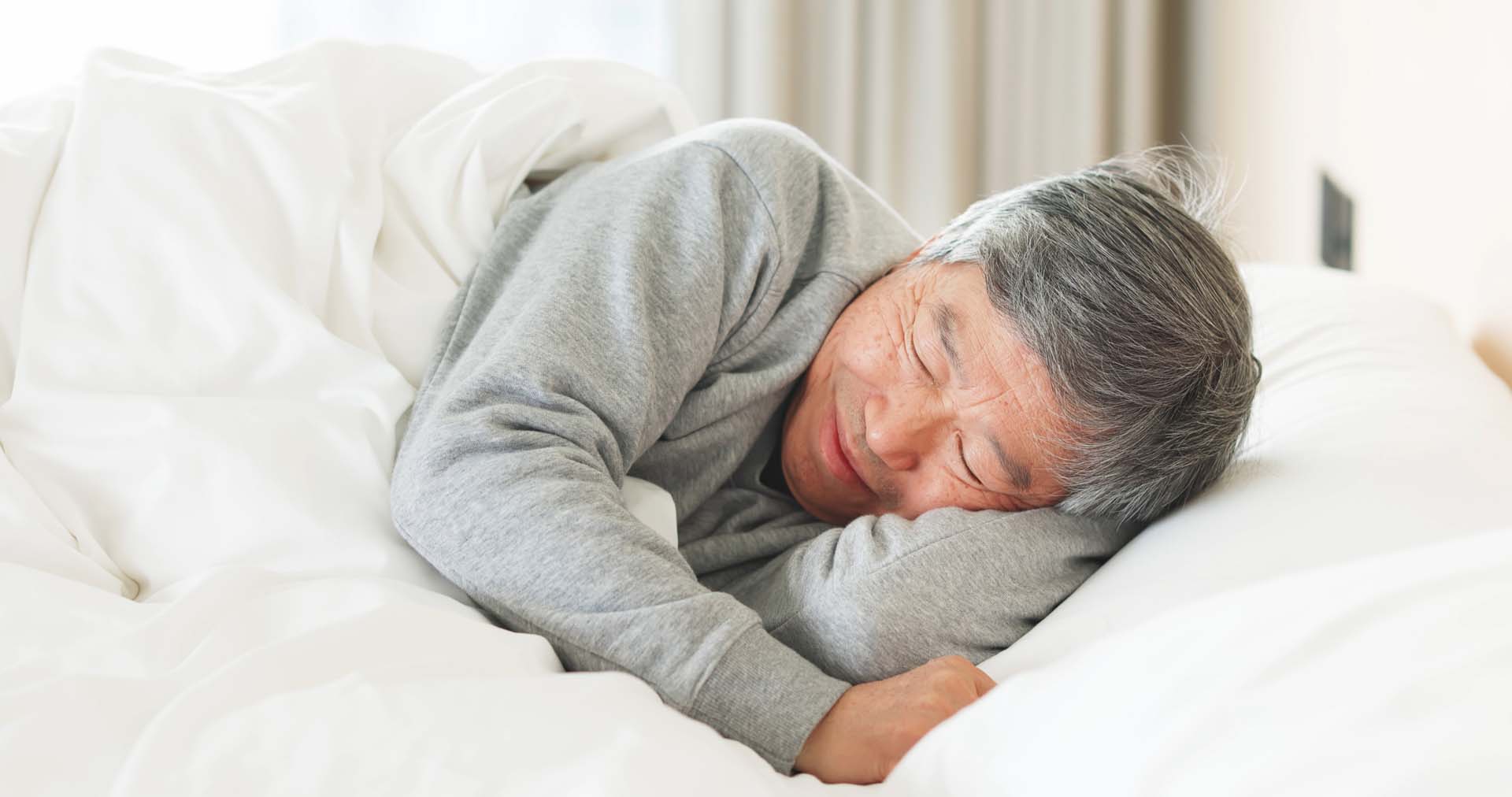
Front, back or side? Which sleeping position is best for you as you get older, and which ones you should avoid
